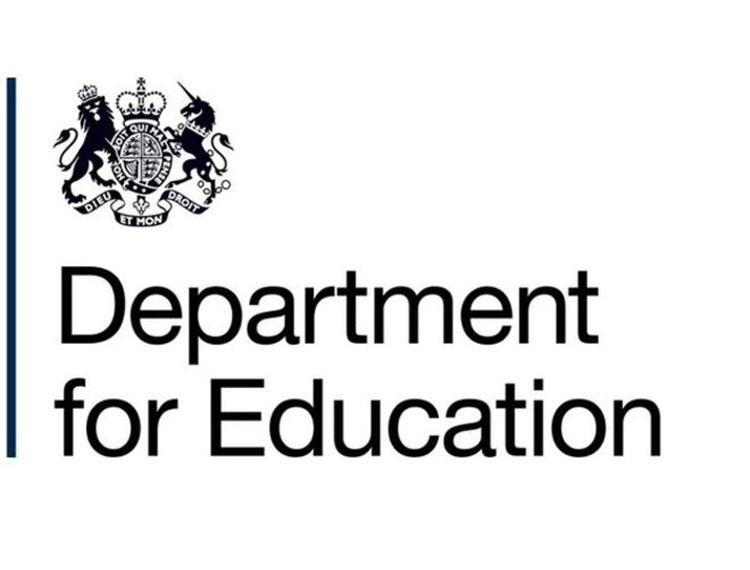Pupil premium: strategy statements

How school leaders can write a pupil premium strategy statement using these templates and resources.
Before you start
You must publish a strategy statement if your school gets the pupil premium.
To create a strategy statement, you can:
- download a DfE-suggested template
- write your own strategy statement
- use a template or guidance from a third party
Please refer to the Education Endowment Foundation (EEF) Pupil Premium Guide before completing the forms.
Templates and sample statements
-
Download the template and the sample statement.
-
Review the sample statement first to see what information you might want to include.
-
Fill in the template with the suggested data.
-
Save the document, for example as a Word or PDF file, and publish it on your school’s website.
Primary schools
-
Strategy statement: primary blank template(ODT, 26.7KB)
-
Strategy statement: primary completed example(ODT, 28.4KB)
Phonics
Primary schools are not expected to publish data about phonics but you may wish to review phonics progress in relation to disadvantaged pupils when you draft your strategy statement
Secondary schools
-
Strategy statement: secondary blank template(ODT, 26.4KB)
-
Strategy statement: secondary completed example(ODT, 27.5KB)
Special educational needs (SEN) schools
-
Strategy statement: special blank template(ODT, 27.8KB)
-
Strategy statement: special completed example(ODT, 29.2KB)
Write your own strategy statement
Use this section if you do not want to use the templates provided by DfE or third parties.
The headings are suggested areas you may want to cover when you write your strategy statement.
You do not have to follow this guidance but you must produce a strategy statement if your school gets the pupil premium.
“Overview” section
This section could cover general information about your school and the strategy statement you’re publishing.
You may want to include:
- your school’s name
- academic year or years covered
- number of pupil in your school
- a publish date date
- a review date
- name of the senior leader signing off the strategy
“Current performance” section
This section could summarise data and metrics about pupils in your school and pupil premium use.
You may want to include:
- percentage of disadvantaged pupils in your school
- the amount of pupil premium you’ve been allocated this academic year
- Progress scores in reading, writing and maths
- percentage meeting expected standard at key stage 2 in reading, writing and maths
- percentage achieving high standard at key stage 2 in reading, writing and maths
“Pupil premium strategy aims for disadvantaged pupils” section
This section could summarise:
- what areas you want to target as part of your pupil premium spending
- what you want to achieve
You may want to include:
- Progress in reading, writing and mathematics
- phonics
- target attendance
- other subject specific aims
- a date when you aim to achieve these aim
“Spending priorities and rationale for the current academic year” section
This section could cover how you’ll spend your pupil premium.
You may want to include information on each of these sections.
Teaching priorities
You may want to include:
- some priorities you’ll focus on
- the barriers to learning you want to address
- amount of pupil premium you’ll spend in this area
Targeted academic support
You may want to include:
- some priorities you’ll focus on
- the barriers to learning you want to address
- amount of pupil premium you’ll spend in this area
Wider strategies
You may want to include:
- some priorities you’ll focus on
- the barriers to learning you want to address
- amount of pupil premium you’ll spend in this area
“Monitoring and implementation” section
This section could cover accountability.
You may want to include:
- name of school strategy lead
- name of lead governor for pupil premium
- main teaching challenge and how you’ll address this
- main targeted academic support challenge and how you’ll address this
- main wider strategy challenge and how you’ll address this
“Last year’s pupil premium priorities and outcomes” section
This section could cover what you did last year, what happened and whether you still need to do more work.
You may want to include:
- some priorities you focused on
- what the outcomes were
Get more information about strategy statements
Read Pupil premium: effective use and accountability for advice on:
- the role of strategy statements in your pupil premium funding
- what information parents and Ofsted expect to see
- how strategy statements can help you spend pupil premium effectively
Published 18 October 2019 Contents












Responses